Introduction
Aggressive behavior in cats can be extremely frustrating for owners. From unprovoked scratching to vicious fights with other pets, this hostility often leaves us baffled and heartbroken, wondering why our once-sweet kitty friend turned on us.
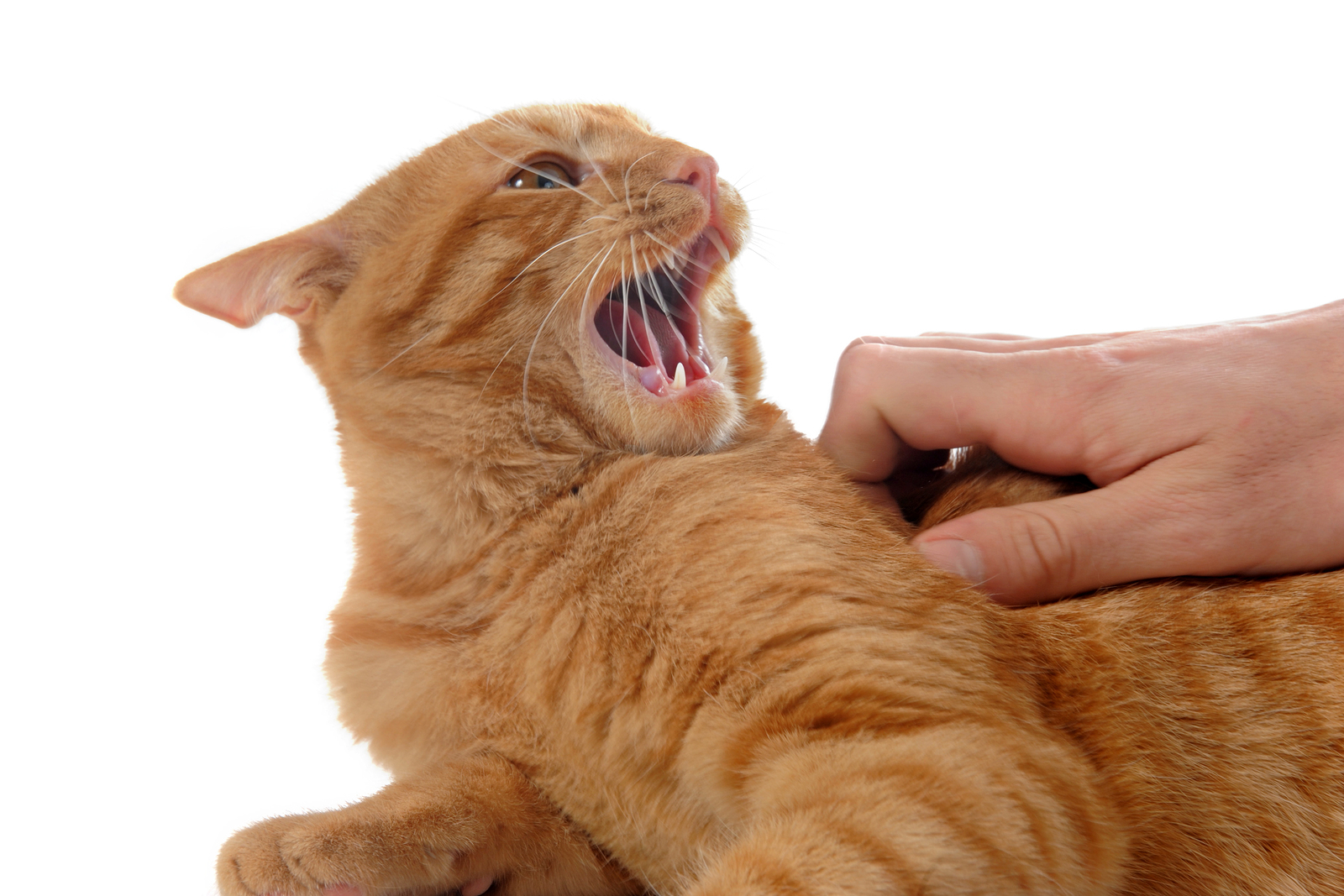
Reasons for Feline Aggression
To properly manage aggressive behavior in cats, we first have to understand where this hostility originates. Let’s explore some of the most common causes of aggression in our furry friends:
Fear and Anxiety
Cats bite and scratch as a fearful reaction to unfamiliar people, animals, noises, environments, or handling procedures. Anxiety induces a fight-or-flight response.
Pain Symptoms
Kitty aggression erupts when experiencing joint pain, dental issues, injuries, or chronic illnesses. These cats learn to bite and scratch to avoid more pain triggers.
Redirected Aggression
After getting startled or seeing an outdoor cat they can’t attack, upset cats may redirect biting/scratching towards owners or other pets instead.
Territorial Conflicts
Urine spraying, fighting with new cats, and aggressive displays ensue when felines feel their Territory is threatened by newcomers.
Overstimulation
Aggressive biting, bunny kicking, scratching happens when a cat gets dangerously overexcited and aroused during overly intense play or petting sessions.
Lack of Socialization
Kittens separated from littermates too young — before 7 weeks — often act aggressively as adults due to missing key social development stages.
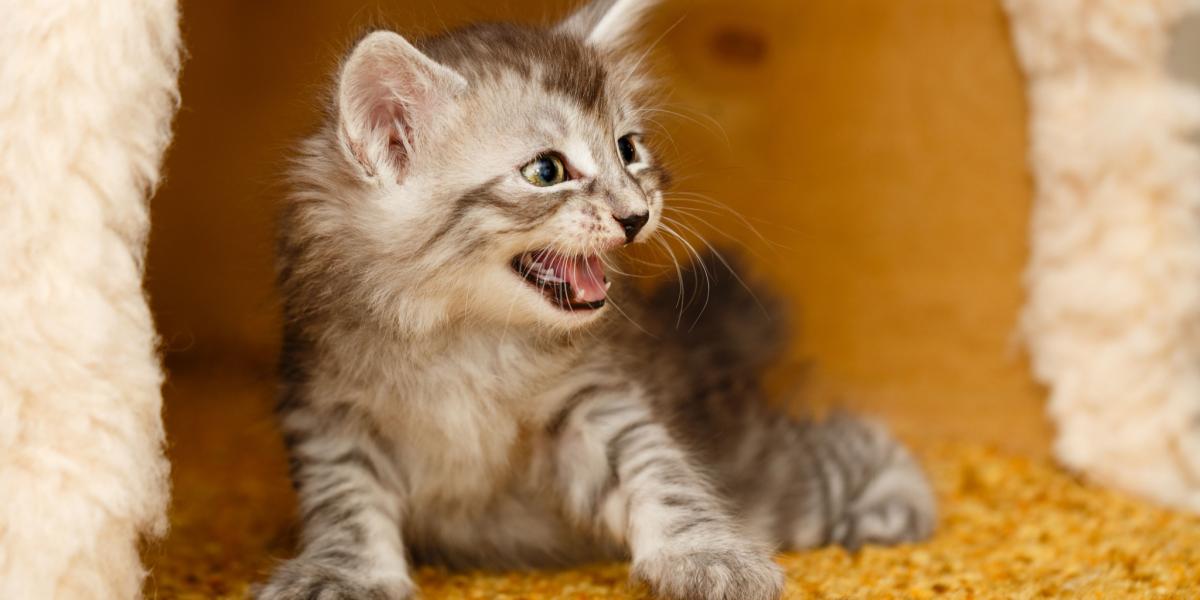
Identifying Feline Aggression Signals
How can you confirm aggression issues in your cat? Familiarize yourself with these common symptoms:
Fighting/Biting Other Pets
Your cat relentlessly attacks, swats at, or bites canine or feline housemates unprovoked.
Scratching/Biting Humans
Unwelcome nibbling, clawing, or full-on skin-breaking bites land on human housemates without much warning.
Puffing Fur/Growling/Hissing
Your cat’s fur stands on end as they emit low growls. Ears pull back and the cat bares teeth while hissing.
Spraying Urine on Walls/Floors
Territorial kitty leaves pungent urine markings across your home, especially on new items in the environment.
Hiding and Running Away
Your once social cat now hunkers down to avoid perceived threats and scurries away when you reach towards them.
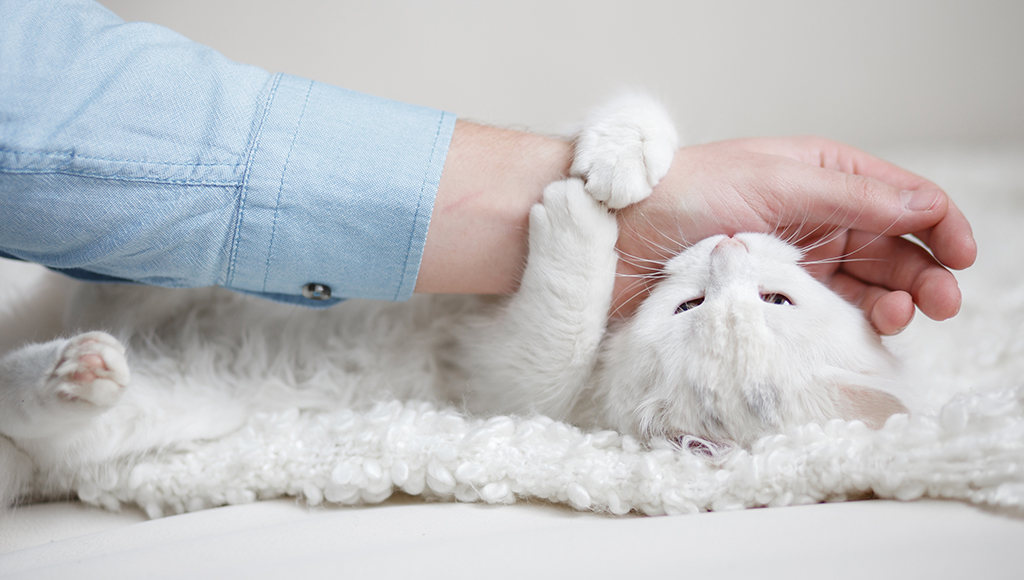
Managing Fear and Anxiety
Since frightening situations commonly trigger aggression, let’s discuss methods for reducing anxiety and effectively dealing with scary stressors.
Establish a Calm Home Environment
Cats feel safest enjoying calmer, protected spaces in the home. Set up soothing hiding and perching spots. Block chaos zones.
Consider Pheromone Therapy
Synthetic pheromones (like Feliway) have remarkable anxiety-lowering effects. Diffusers, sprays, and collars deliver durability.
Build Secure Hiding Spots
Escape routes give fearful cats needed control. Fit cozy cardboard boxes with comfy bedding for instant shelters during stressful moments.
Introduce Changes Slowly
Abrupt environment and routine shifts shake up cats. Slowly integrate new people, pets, sounds, furniture — giving kitty adjustment periods to acclimate between changes.
Problem: My cat hides for days and acts terrified of any noise or quick movement. Why?
Solution: Sudden extreme fearfulness suggests an underlying medical issue. Schedule a veterinary exam to check for illness or pain causing your cat’s anxiety struggles. If tests come back normal, use pheromone therapy and calming hiding spots to ease their stress levels.

Managing Pain-Related Aggression
Since cats in chronic discomfort are quick to bite and scratch, properly diagnosing and addressing pain is critical for resolving these aggression issues.
Schedule Examinations Checking Joints and Mouth
Have your vet thoroughly assess for dental disease, arthritis in limbs/spine, bone/muscle injuries — common causes of painful aggression.
Discuss Pain Medication Options
Short-term pain relievers like gabapentin quickly boost comfort while recovery treatments start working. Long-term metabolic or neuropathic pain may require specialized drug regimens.
Consider Joint Supplements
Chondroprotective supplements with glucosamine, chondroitin, hyaluronic acid lubricate cartilage and ease arthritic joint discomfort — greatly minimizing pain-related aggression over time.
Problem: My elderly cat viciously bites me if I even slightly bump his arthritic hips while petting him. What should I do?
Solution: Have your veterinarian prescribe a fast-acting oral pain medication like gabapentin to use for 15-30 minutes before interactions with your cat. This will dull any discomfort triggered by accidental bumps. Also start a joint supplement to reduce his arthritis inflammation. Adjust play/petting methods to avoid his sore spots.
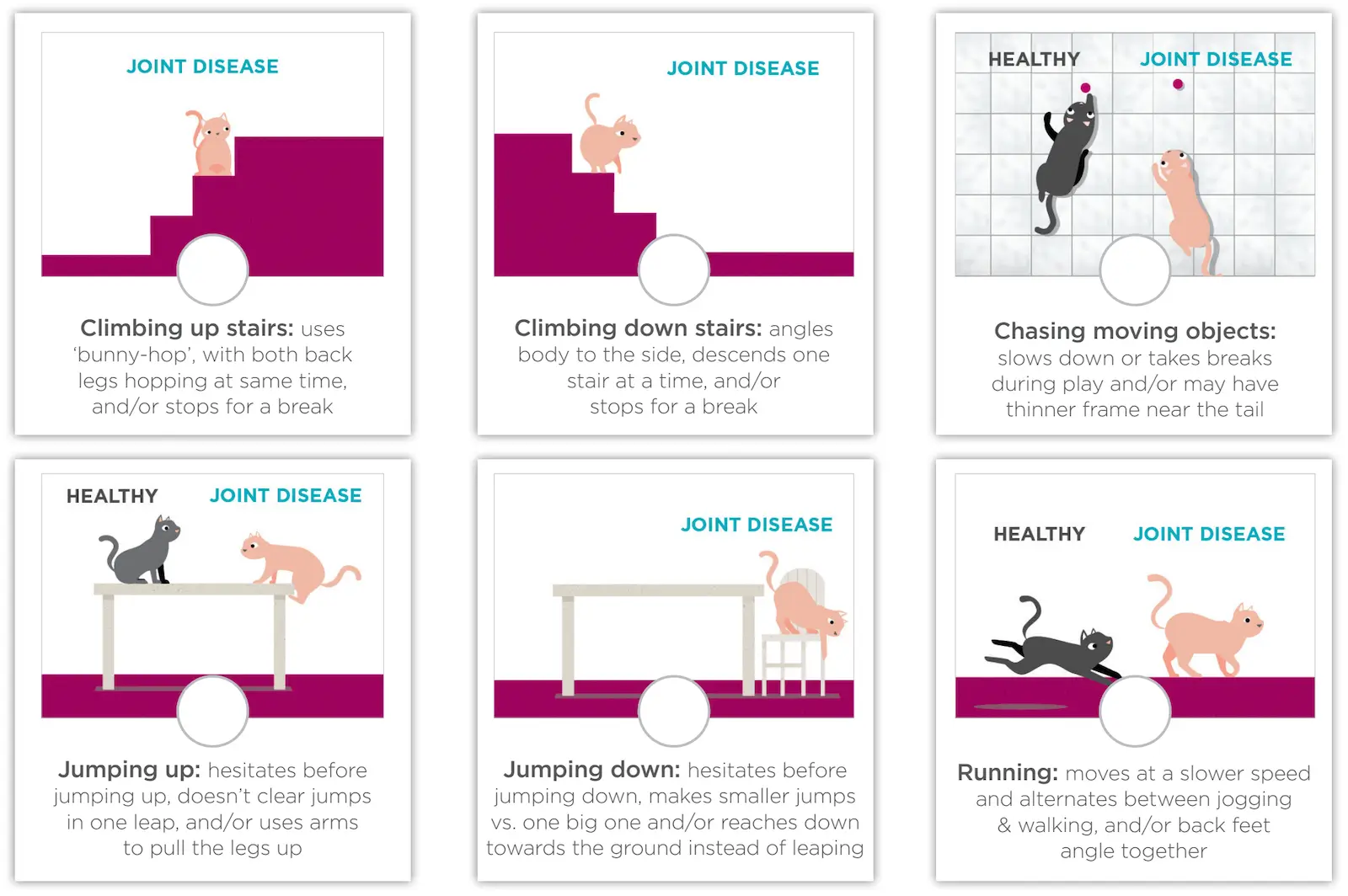
Redirected Aggression Treatments
When a startled cat lacks a clear target for their outrage, humans and animal housemates make convenient victims. Defuse this redirected aggression using these proven tactics:
Attempt Desensitization Therapy
Gradually re-expose your cat to common startling stimuli like sounds or backyard cats in a positive context — paired with praise, play, and treats to change their association.
Discuss Anti-Anxiety Medications
Short-term anti-anxiety meds like gabapentin reduce the overwhelmed state during desensitization training. Long-term options like fluoxetine may benefit extra fearful cats.
Use Pheromone Diffusers/Sprays
Synthetic feline facial pheromones rapidly calm fear responses and curb associated aggression. Place diffusers in frequently used common living areas for ongoing effects.
Problem: My cat viciously attacks the other family cat with no warning after getting spooked by noises outside. How do I treat this redirected aggression?
Solution: Use pheromone diffusers/sprays during desensitization training to gradually re-expose your cat to typical startling sounds in a positive context until they remain calm. Discuss anti-anxiety meds with your veterinarian if intensive training alone fails to resolve aggression issues.

Territorial Aggression Solutions
Between unfamiliar cats trespassing outdoors and assertive newcomers indoors, territorial threats abound for cats. Apply these targeted solutions to ease territorial disputes:
Spay/Neuter All Household Cats
Intact cats driven by mating urges fiercely guard territory and resources from competitors. Neutering eliminates this hormonal catalyst perpetuating fights.
Build Cat Trees/Shelves Near Window Views
Elevated perches placed near territorial triggers — like windows gazing upon neighbor cats — grant indoor cats a safe vantage point for monitoring without the urge to fight trespassing animals.
Strategically Rearrange Shared Indoor Territory
Wipe communal living areas free of lingering territorial scents from squabbling cats by cleaning thoroughly. Then rearrange space to diminish guarding behaviors.
Problem: One of my cats constantly attacks and fights with the new kitten whenever they cross paths in our home, despite our efforts to slowly introduce them. Why might this be happening?
Solution: Territorial aggression often flares up when mature cats feel a new kitten poses a threat to their resources and standing. Strategically rearranging your home’s shared territory erases territorial scent markers, giving both cats a more neutral ground to build their relationship on more even footing where neither cat feels the need to guard their areas.

Preventing Playtime and Petting Overstimulation
While cats thrive on interactive playtime and affection, too much excitement can overwhelm young or anxious cats — triggering aggressive biting and scratching. Adopt these overstimulation prevention tactics:
Stick to a Consistent Daily Play/Pet Routine
Predictable routines with designated stimulating play sessions capped at 5-10 minutes maximize enjoyment while preventing overexcitement.
Learn Your Cat’s Body Language Signals
Watch for escalating signs of overstimulation — skin twitching, thrashing tail, ears back, widened eyes, biting. Stop interactions before aggression erupts.
Use Cat Enclosure Hideaways During High Energy Moments
Placing overactive kittens/cats in their crate with toys for 5 minutes gives them an opportunity to calm themselves in a safe enclosed space if humans fail to notice rising tension fast enough.
Problem: No matter how softly I pet my cat, he eventually flips out biting and scratching me without warning. What gives?
Solution: Setting up designated shorter petting/play sessions capped at 5 minutes can prevent that stress threshold for overstimulation from getting crossed. Also learning your cat’s subtle body language signals allows you to stop interactions right before aggressive biting erupts.
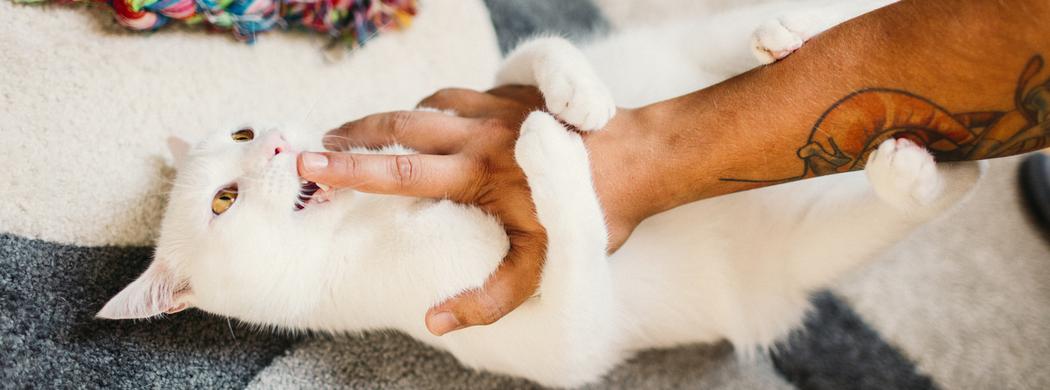
Improving Socialization in Kittens
Insufficient socialization during the early developmental window — 3 to 7 weeks old — manifests later as fear aggression towards unfamiliar people, animals and stimuli. Reverse the damage with:
Gradual Exposure Therapy to New Experiences
Systematically introduce unsocialized cats to novel low-risk sights/sounds/situations in a calm positive context paired with rewards to build confidence.
Positive Reinforcement Touch Training
Use treats to reward kittens for gradually tolerating and then seeking gentle petting contact. This rewires touch from scary to enjoyable.
Cautious Meet-and-Greets with Non-Aggressive Cats
Briefly expose hostile cats to the company of extremely tolerant felines from a safe distance/barrier that prevents harmful fights from breaking out between the animals.

